 Divide the first term of the dividend by the first term of the divisor, and write the result as the first term of the quotient. Multiply the whole divisor by the first term of the quotient, and subtract the product from the dividend. Divide the first term of the dividend by the first term of the divisor, and write the result as the first term of the quotient. Multiply the whole divisor by the first term of the quotient, and subtract the product from the dividend.  Second Course in Algebra - Page 12by Webster Wells, Walter Wilson Hart - 1913 - 285 pagesFull view Second Course in Algebra - Page 12by Webster Wells, Walter Wilson Hart - 1913 - 285 pagesFull view - About this book
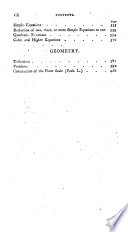 | Mathematics - 1801 - 446 pages
...powers of some letter in both of them, placing the highest power of it first, and the rest in order. 2. Divide the first term of the dividend by the first term of the divieor, and place the result in the quotient. 3. Multiply the whole divisor by the quotient term,... | |
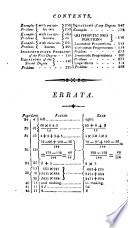 | L. I. M. Chevigné - Mathematics - 1807 - 294 pages
...contain the same letter raised to an exponent next less, &c. That being performed in both numbers, we divide the first term of the dividend by the first term of the divisor, we write the quotient under the divisor ; then we multiply all the divisor by the quotient, to subtract... | |
 | Nicolas Pike - Algebra - 1808 - 470 pages
...may have the highest power ot that letter, and the second term the next highest power ; and so on. 2. Divide the first term of the dividend by the first term of the divisor, and place the result in the quotient. ':>. Multiply the whole divisor by the quotient term last found,... | |
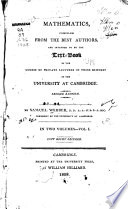 | Samuel Webber - Mathematics - 1808 - 466 pages
...powers of some letter in both of them, placing the highest power of it first, and the rest in order. 2. Divide the first term of the dividend by the first term of the divisor, and place the result in the quotient. 3. Multiply the whole divisor by the quotient term, and subtract... | |
 | Jeremiah Joyce - Handbooks, vade-mecums, etc - 1810 - 356 pages
...the divisor and dividend are both compound quantities, " Set them down as in division of numbers : divide the first term of the dividend by the first term of the divisor, and place the result in the quotient : then multiply the whole divisor by the term thus found, and subtract... | |
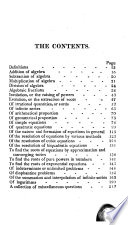 | John Bonnycastle - Algebra - 1811 - 230 pages
...term may contain the highest power of that letter, the second term, the next highest power; and so OH. 2. Divide the first term of the dividend by the first term of the divisor, and place the result in the quotient. 3. Multiply the whole divisor by the term thus found, and subtract... | |
 | Charles Hutton - Mathematics - 1811 - 406 pages
...terms according to the powers of some one of the letters in both, the higher powers before the lower. , 2. Divide the first term of the dividend by the first term of the divisor, as in the first case, and set the result in the quotient. 3. Multiply the whole divisor by the term... | |
 | Charles Hutton - Mathematics - 1811 - 406 pages
...to the powers of some one of the letters in both, the higher powers before the lower. 2. Divide die first term of the dividend by the first term of the divisor, as in the first case, and set the result in the quotient. 3. Multiply the whole divisor by the term... | |
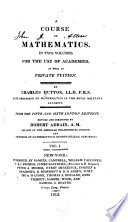 | Charles Hutton - Mathematics - 1812 - 620 pages
...terms according to the powers of some one of the letters in both, the higher powers before the lower. 2. Divide the first term of the dividend by the first term of the divisor, as in the first case, and set the result in the quotient. 3. Multiply the whole divisor b^ the term... | |
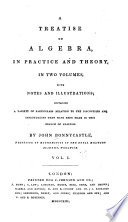 | John Bonnycastle - Algebra - 1813 - 456 pages
...terms of each of them so, that the higher powers of one of the letters may stand before the lower. Then divide the first term of the dividend by the first term of the divisor, and set the result in the quotient, with its proper sign, or simply by itself, if it be affirmative. This... | |
| |